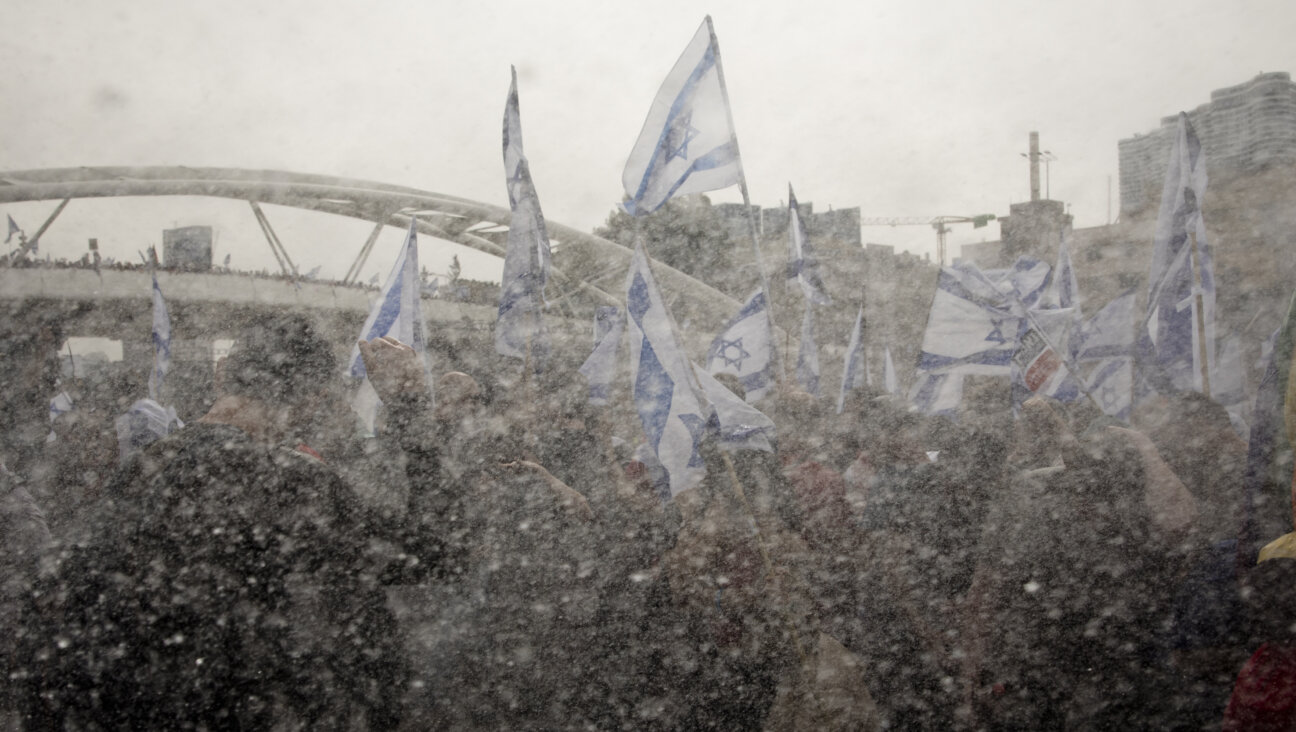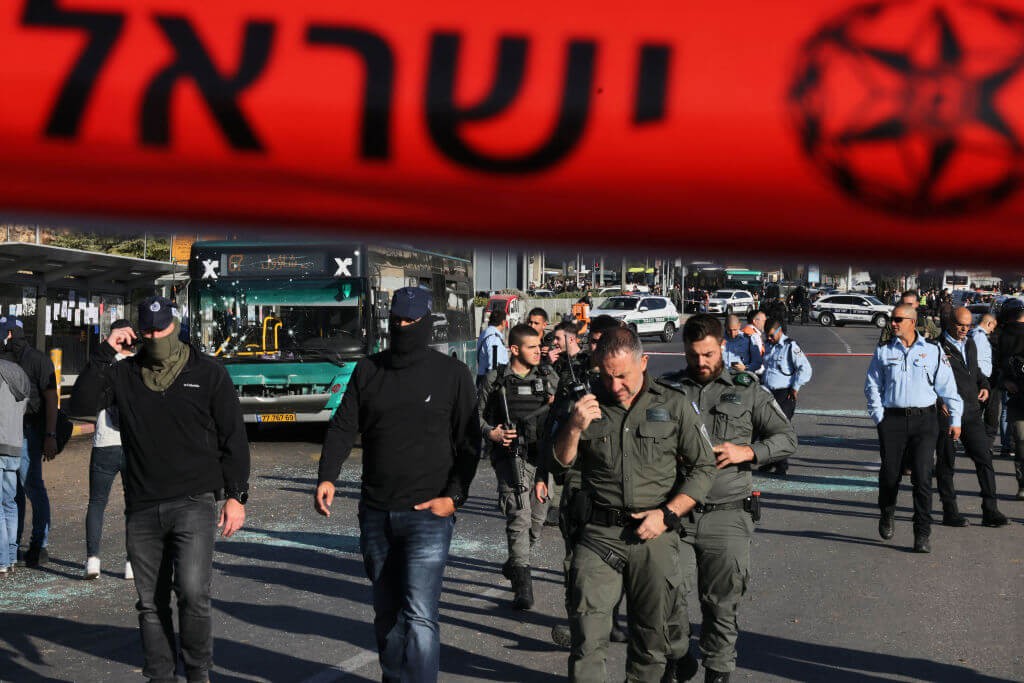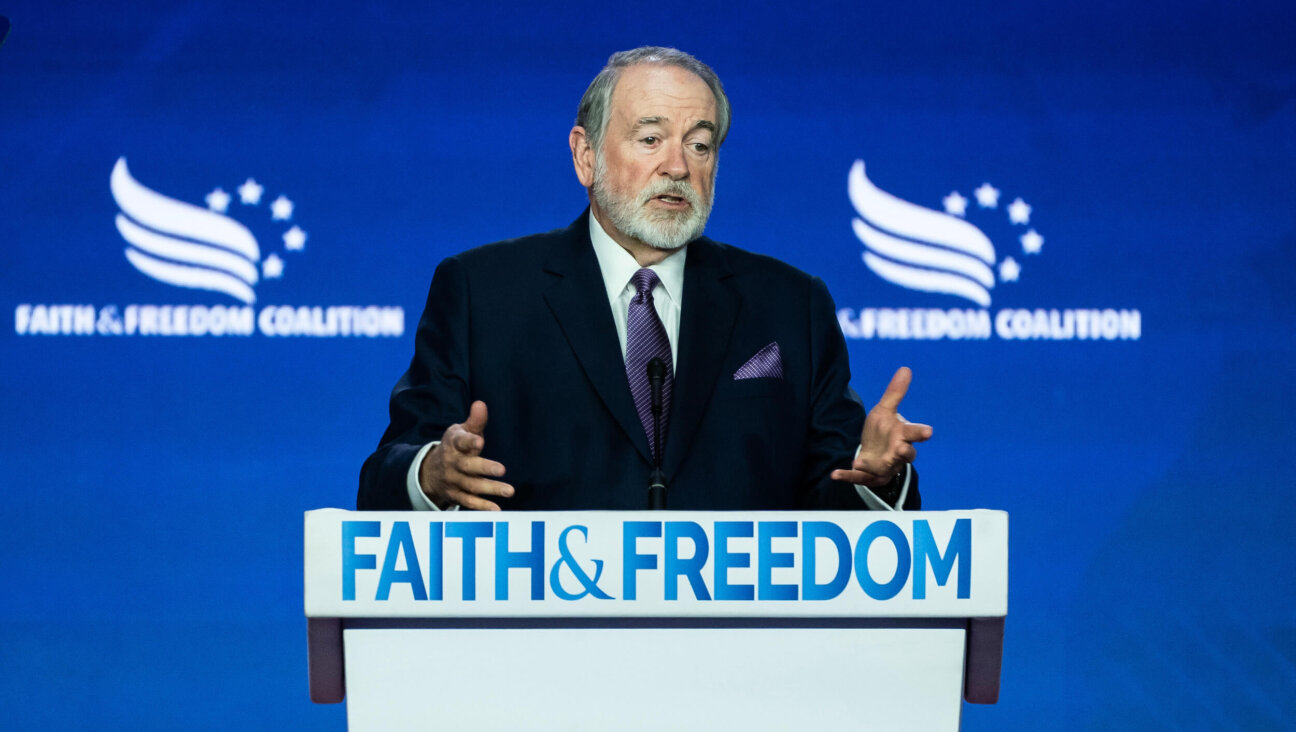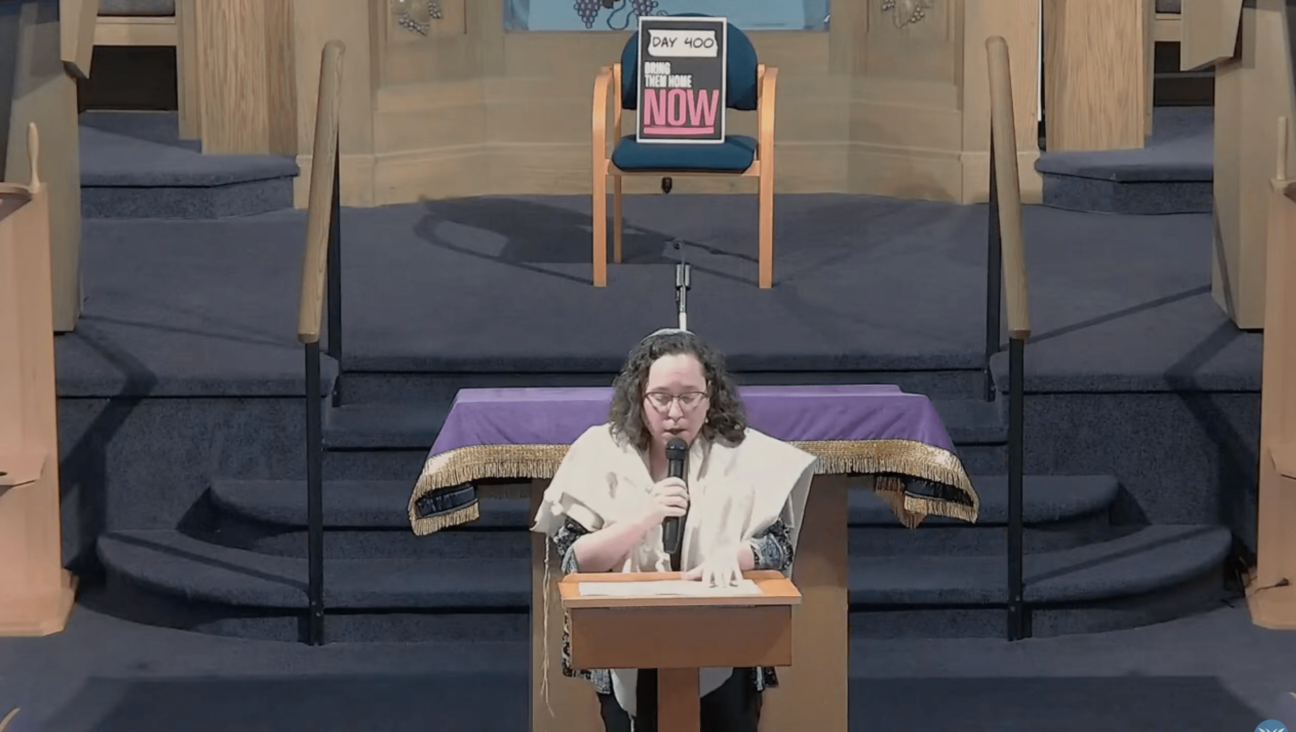New CNN Video Raises Fresh Questions on Killings of Palestinian Teens

(Haaretz) — CNN released new footage, adding fuel to the fire involving the controversial killing of two Palestinian youths on Nakba Day, May 15, by Israeli forces.
The video, filmed by CNN producer Kareem Khadder in the West Bank village of Beitunia, depicts a number of Border Policemen in the area, including one firing at the Palestinian youths. Within seconds the camera turns to the crowd, which by then was carrying away one of the youths who had been shot.
While CNN stated that the video was inconclusive about indicating whether live fire or rubber bullets were used in the shooting incident, and Israeli expert told Channel 2 that the guns look like they are equipped for firing rubber bullets.
The new footage also fails to answer the question of how the youths were killed at a distance of dozens of meters, and if live fire was used who was responsible for it.
The Israel Defense Forces is investigating the incident in Beitunia but did not present its findings to the Defense Minister Thursday because of missing details. The army is trying to complete its information in order to determine the cause of the deaths of the two Palestinian youths, Nadim Nuwara and Muhammad Salameh.
According to reports, military representatives went to the hospital in Ramallah to check the medical reports on the causes of death for Nuwara and Salameh.
The Coordination of Government Activities in the Territories unit refused to comment on the visit of the representatives to the Palestinian Hospital. At the same time, unit officials added that the head of the Civil Authority, Gen. David Menahem, and coordination officers “are in close and continuous contact with Palestinian coordination officials, with the goal of completing the investigation and going into its depths.”
Meanwhile, photographers from international news agencies who witnessed the controversial deaths of two Palestinian teens last week in the West Bank told Haaretz Thursday that Israeli troops shot the teens with live bullets even though they did not pose a threat.
Their account contradicts the Israel Defense Forces statement that the lethal shots may have been fired by Palestinians, rather than by Israeli troops, following violent protests in the West Bank village of Beitunia on Nakba Day, when Palestinians mark their displacement in 1948. Senior Israeli officials said the video of the shootings, which has sparked international outrage and controversy since being released on Tuesday, is likely forged.
But the photographers said the video is authentic, and some of them recognized themselves in it.
Agence France-Presse photographer Abbas Al Momani told Haaretz that the Israeli forces at the Beitunia incident had split into two groups.
“Some of the troops, mostly Border Police, took position in a high building overlooking the road, some 50-to-60 meters away. Another group was in the prison parking lot, and they were even farther away, more than 150 meters away,” he said.
Momani said that during the demonstration, dozens of youngsters hurled rocks at the troops, who retaliated with rubber bullets and smoke grenades. “The youths were hit when things had calmed down. That’s why I and my colleagues were sitting in the shade, rather than standing at the scene. We felt the incident was winding down. There were a few dozen boys still at the site, most of them school students,” he said.
Momani said the photographers can distinguish rubber bullets from live fire. Throughout the incident, the soldiers shot rubber bullets, but “the live bullets came in isolated shots,” he said.
“We heard the shots well, but I can’t say if they came from the troops in the building or the other group. But there’s no doubt that during the shooting, there was no confrontation, and the youths did not approach the soldiers,” he said.
Other photographers from international news agencies corroborated Momani’s report. In a conversation with Haaretz, they said they were at the site and described the youths who were shot and fell. “Photographers of international agencies don’t take part in staged events and shows. We stood there like everyone else and were hit by quite a few smoke grenades and rubber bullets. We were there,” one photographer said.
The Palestinian media Thursday gave prominent coverage to reports of the killed youths and stressed the need for an inquiry. The Palestinians’ believe the youths were killed by live fire. This is proved, they say, by the video clip and the report of the trauma ward director at Ramallah hospital, who said three youths had been hit by live bullets.
Besides Nawara and Salameh, the two youths were killed, Mohammed Aza was wounded in the left lung and is hospitalized in serious condition, the doctor said.
For more stories, go to Haaretz.com or to subscribe to Haaretz, click here and use the following promotional code for Forward readers: FWD13.
A message from our CEO & publisher Rachel Fishman Feddersen

I hope you appreciated this article. Before you go, I’d like to ask you to please support the Forward’s award-winning, nonprofit journalism during this critical time.
At a time when other newsrooms are closing or cutting back, the Forward has removed its paywall and invested additional resources to report on the ground from Israel and around the U.S. on the impact of the war, rising antisemitism and polarized discourse.
Readers like you make it all possible. Support our work by becoming a Forward Member and connect with our journalism and your community.
— Rachel Fishman Feddersen, Publisher and CEO























